Review: the Librem 13v2
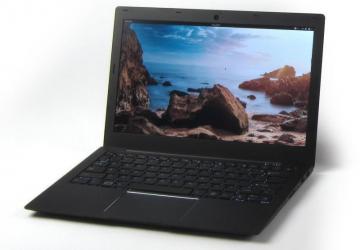
The Librem 13—"the first 13-inch ultraportable designed to protect your digital life"—ticks all the boxes, but is it as good in real life as it is on paper?
I don't think we're supposed to call portable computers "laptops" anymore. There's something about them getting too hot to use safely on your lap, so now they're officially called "notebooks" instead. I must be a thrill-seeker though, because I'm writing this review with the Librem 13v2 directly on my lap. I'm wearing pants, but apart from that, I'm risking it all for the collective. The first thing I noticed about the Librem 13? The company refers to it as a laptop. Way to be brave, Purism!
Why the Librem?
I have always been a fan of companies who sell laptops (er, notebooks) pre-installed with Linux, and I've been considering buying a Purism laptop for years. When our very own Kyle Rankin started working for the company, I figured a company smart enough to hire Kyle deserved my business, so I ordered the Librem 13 (Figure 1). And when I ordered it, I discovered I could pay with Bitcoin, which made me even happier!
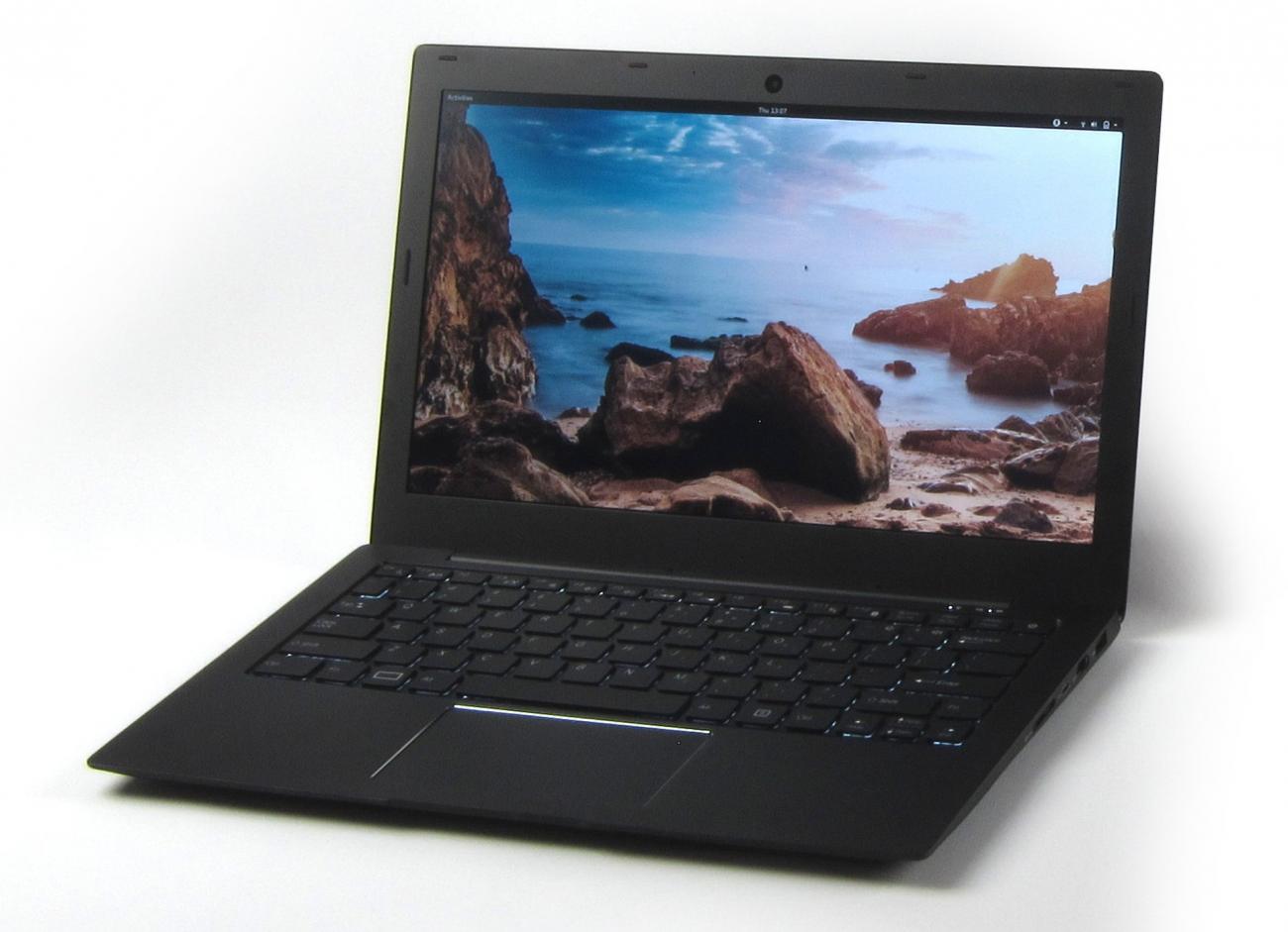
Figure 1. The 13" Librem 13v2 is the perfect size for taking on the road (photo from Purism)
There are other reasons to choose Purism computers too. The company is extremely focused on privacy, and it goes so far as to have hardware switches that turn off the webcam and WiFi/Bluetooth radios. And because they're designed for open-source operating systems, there's no "Windows" key; instead there's a meta key with a big white rectangle on it, which is called the Purism Key (Figure 2). On top of all those things, the computer itself is rumored to be extremely well built, with all the bells and whistles usually available only on high-end top-tier brands.
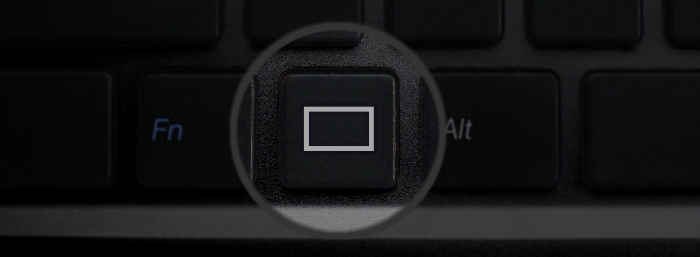
Figure 2. No Windows key here! This beats a sticker-covered Windows logo any day (photo from Purism).
My Test Unit
Normally when I review a product, I get whatever standard model the company sends around to reviewers. Since this was going to be my actual daily driver, I ordered what I wanted on it. That meant the following:
- i7-6500U processor, which was standard and not upgradable, and doesn't need to be!
- 16GB DDR4 RAM (default is 4GB).
- 500GB M.2 NVMe (default is 120GB SATA SSD).
- Intel HD 520 graphics (standard, not upgradable).
- 1080p matte IPS display.
- 720p 1-megapixel webcam.
- Elantech multitouch trackpad.
- Backlit keyboard.
The ports and connectors on the laptops are plentiful and well laid out. Figure 3 shows an "all sides" image from the Purism website. There are ample USB ports, full-size HDMI, and the power connector is on the side, which is my preference on laptops. In this configuration, the laptop cost slightly more than $2000.
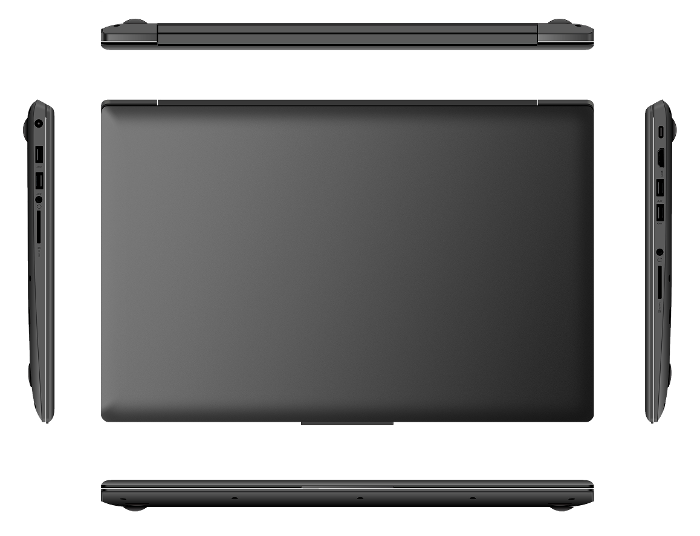
Figure 3. There are lots of ports, but not in awkward places (photo from Purism).
The Physical Stuff and Things
The Case
The shell of the Librem 13 is anodized aluminum with a black matte texture. The screen's exterior is perfectly plain, without any logos or markings. It might seem like that would feel generic or overly bland, but it's surprisingly elegant. Plus, if you're the sort of person who likes to put stickers on the lid, the Librem 13 is a blank canvas. The underside is nearly as spartan with the company name and little else. It has a sturdy hinge, and it doesn't feel "cheap" in any way. It's hard not to compare an aluminum case to a MacBook, so I'll say the Librem 13 feels less "chunky" but almost as solid.
The Screen
Once open, the screen has a matte finish, which is easy to see and doesn't have the annoying reflection so prevalent on laptops that have a glossy finish. I'm sure there's a benefit to a glossy screen, but whatever it might be, the annoying glare nullifies the benefit for me. The Librem 13's screen is bright, has a sufficient 1080p resolution, and it's pleasant to stare at for hours. A few years back, I'd be frustrated with the limitation of a 1080p (1920x1080) resolution, but as my eyes get older, I actually prefer this pixel density on a laptop. With a higher-res screen, it's hard to read the letters without jacking up the font size, eliminating the benefit of the extra pixels!
The Keyboard
I'm a writer. I'm not quite as old-school as Kyle Rankin with his mechanical PS/2 keyboard, but I am very picky when it comes to what sort of keys are on my laptop. Back in the days of netbooks, I thought a 93%-sized keyboard would be perfectly acceptable for lengthy writing. I was horribly wrong. I didn't realize a person could get cramps in their hands, but after an hour of typing, I could barely pick my nose much less type at speed.
The Librem 13's keyboard is awesome. I won't say it's the best keyboard I've ever used, but as far as laptops go, it's right near the top of the pile. Like most (good) laptops, the Librem 13 has Chicklet style keys, but the subtleties of click pressure, key travel, springiness factor and the like are very adequate. The Librem 13v2 has a new feature, in that the keys are backlit (Figure 4). Like most geeks, I'm a touch typist, but in a dark room, it's still incredibly nice to have the backlight. Honestly, I'm not sure why I appreciate the backlight so much, but I've tried both on and off, and I really hate when the keyboard is completely dark. That might just be a personal preference, but having the choice means everyone is happy.
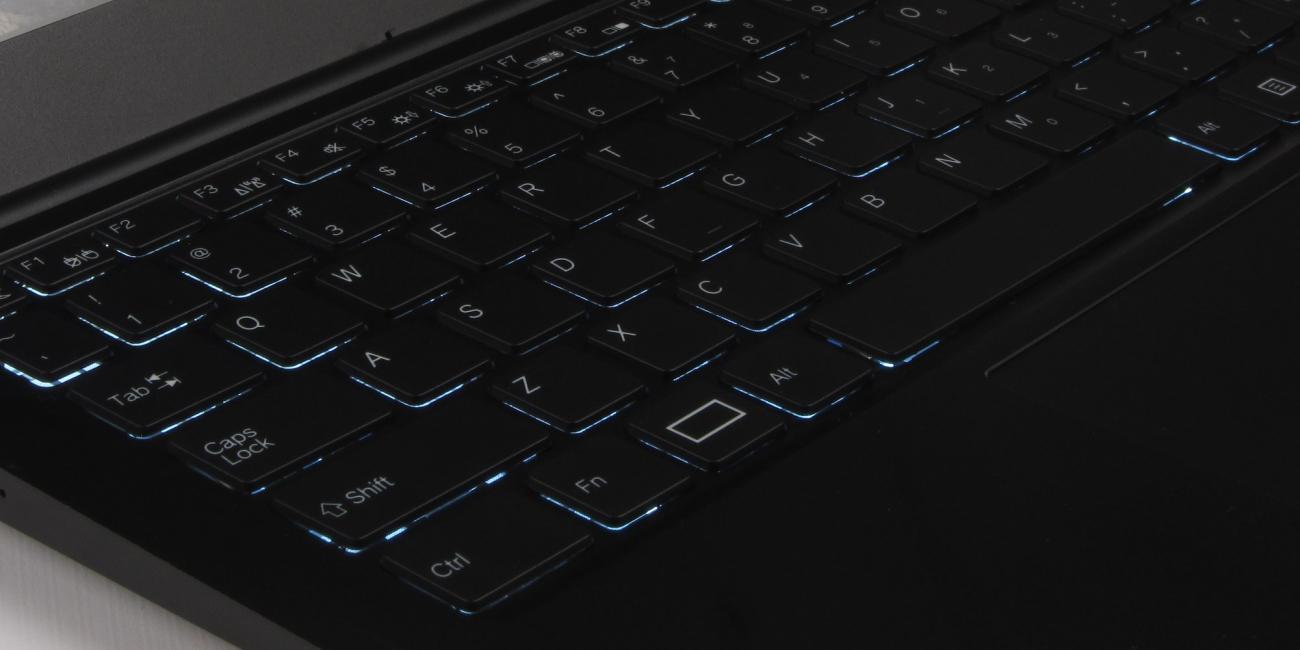
Figure 4. I don't notice the keyboard after hours of typing, which is what you want in a keyboard (photo from Purism).
The Trackpad
The Librem 13 has a huge (Figure 5), glorious trackpad. Since Apple is known for having quality hardware, it's only natural to compare the Librem 13 to the Macbook Pro (again). For more than a decade, Apple has dominated the trackpad scene. Using a combination of incredible hardware and silky smooth software, the Apple trackpad has been the gold standard. Even if you hate Apple, it's impossible to deny its trackpads have been better than any other—until recently. The Librem 13v2 has a trackpad that is 100% as nice as MacBook trackpads. It is large, supports "click anywhere" and has multipoint support with gestures. What does all that mean? The things that have made Apple King of Trackpad Land are available not only on another company's hardware, but also with Linux. My favorite combination is two-finger scrolling with two-finger clicking for "right-click". The trackpad is solid, stable and just works. I'd buy the Librem 13 for the trackpad alone, but that's just a throwaway feature on the website.
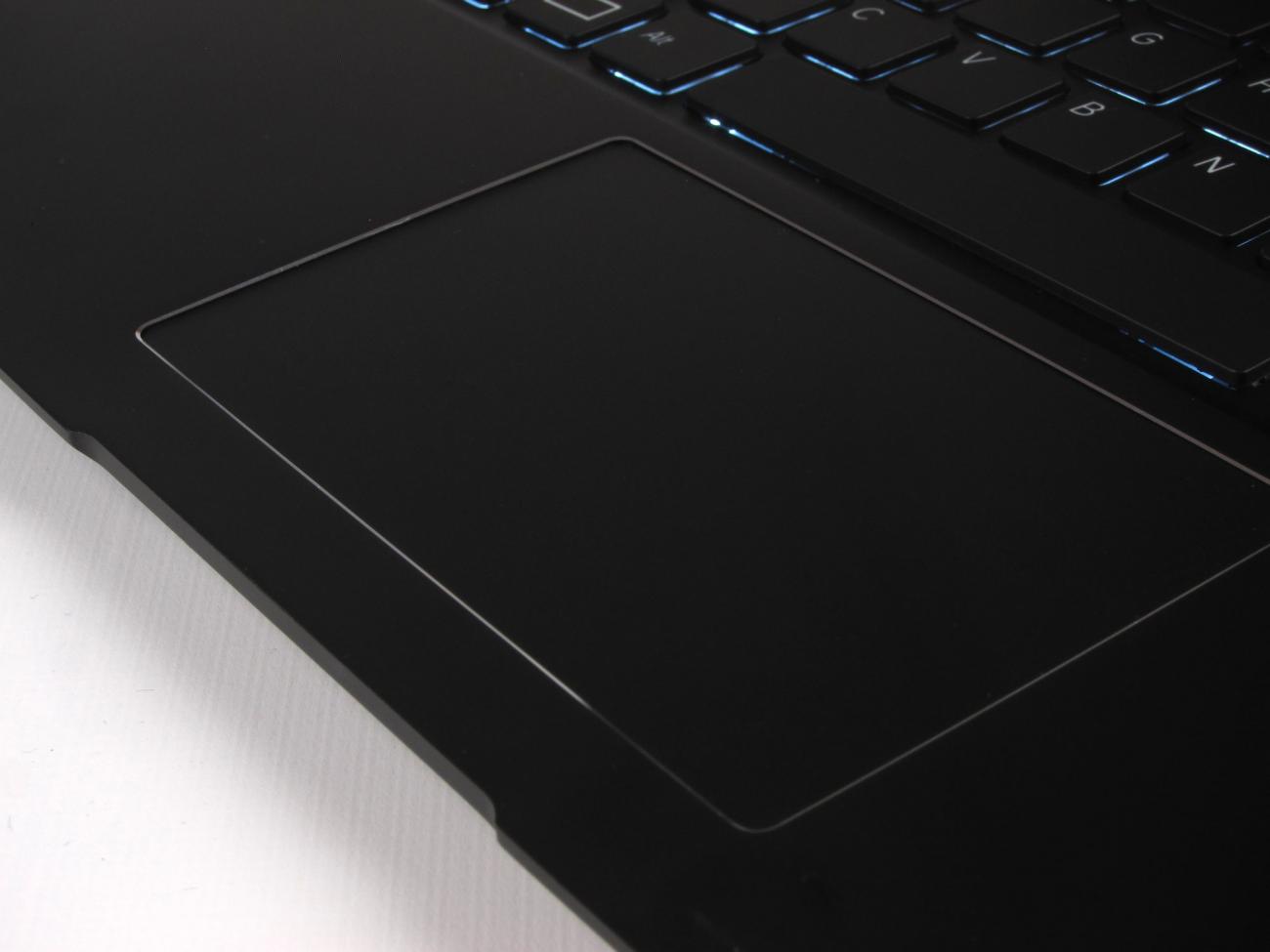
Figure 5. This trackpad is incredible. It's worth buying the laptop for this feature alone (photo from Purism).
The Power Adapter
It might seem like a silly thing to point out, but the Librem 13 uses a standard 19-volt power adapter with a 5.5mm/2.5mm barrel connector. Why is that significant? Because I accidentally threw my power supply away with the box, and I was worried I'd have to special-order a new one. Thankfully, the dozen or so power supplies I have in my office from netbooks, NUCs and so on fit the Librem 13 perfectly. Although I don't recommend throwing your power supply away, it's nice to know replacements are easy to find online and probably in the back of your tech junk drawer.
Hardware Switches
I'm not as security-minded as perhaps I should be. I'm definitely not as security-minded as many Linux Journal readers. I like that the Librem 13 has physical switches that disconnect the webcam and WiFi/Bluetooth. For many of my peers, the hardware switches are the single biggest selling point. There's not much to say other than that they work. They physically switch right to left as opposed to a toggle, and it's clear when the physical connection to the devices have been turned off (Figure 6). With the Librem 13, there's no need for electrical tape over the webcam. Plus, using your computer while at DEFCON isn't like wearing a meat belt at the dog pound. Until nanobots become mainstream, it's hard to beat the privacy of a physical switch.
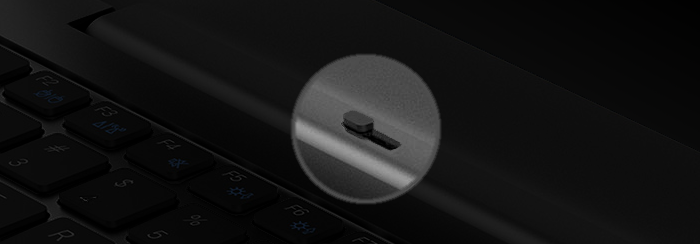
Figure 6. It's not possible to accidentally turn these switches on or off, which is awesome (photo from Purism).
I worried a bit about how the operating systems would handle hardware being physically disconnected. I thought perhaps you'd need special drivers or custom software to handle the disconnect/reconnect. I'm happy to report all the distributions I've tried have handled the process flawlessly. Some give a pop-up about devices being connected, and some quietly handle it. There aren't any reboots required, however, which was a concern I had.
Audio/Video
I don't usually watch videos on my laptop, but like most people, I will show others around me funny YouTube videos. The audio on the Librem 13 is sufficiently loud and clear. The video subsystem (I mention more about that later) plays video just fine, even full screen. There is also an HDMI port that works like an HDMI connection should. Modern Linux distributions are really good at handling external displays, but every time I plug in a projector and it just works, my heart sings!
PureOS
The Librem 13 comes with Purism's "PureOS" installed out of the box. The OS is Debian-based, which I'm most comfortable using. PureOS uses its own repository, hosted and maintained by Purism. One of the main reasons PureOS exists is so that Purism can make sure there is no closed-source code or proprietary drivers installed on its computers. Although the distro includes tons of packages, the really impressive thing is how well the laptop works without any proprietary code. The "purity" of the distribution is comforting, but the standout feature is how well Purism chose the hardware. Anyone who has used Linux laptops knows there's usually a compromise regarding proprietary drivers and wrappers in order to take full advantage of the system. Not so with the Librem 13 and PureOS. Everything works, and works well.
PureOS works well, but the most impressive aspect of it is what it does while it's working. The pre-installed hard drive walks you through encryption on the first boot. The Firefox-based browser (called "Purebrowser") uses HTTPS: Everywhere, defaults to DuckDuckGo as the search engine, and if that's not sufficient for your privacy needs, it includes the Tor browser as well. The biggest highlight for me was that since Purebrowser is based on Firefox, the browsing experience wasn't lacking. It didn't "feel" like I was running a specialized browser to protect my identity, which makes doing actual work a lot easier.
Other Distributions
Although I appreciate PureOS, I also wanted to try other options. Not only was I curious, but honestly, I'm stuck in my ways, and I prefer Ubuntu MATE as my desktop interface. The good news is that although I'm not certain the drivers are completely open source, I am sure that Ubuntu installs and works very well. There are a few glitches, but nothing serious and nothing specific to Ubuntu (more on those later).
I tried a handful of other distributions, and they all worked equally well. That makes sense, since the hardware is 100% Linux-compatible. There was an issue with most distributions, which isn't the fault of the Librem 13. Since my system has the M.2 NVMe as opposed to a SATA SSD, most installers have a difficult time determining where to install the bootloader. Frustratingly, several versions of the Ubuntu installer don't let the manual selection of the correct partition to be chosen either. The workaround seems to be setting up hard drive partitions manually, which allows the bootloader partition to be selected. (For the record, it's /dev/nvme0n1.) Again, this isn't Purism's fault; rather, it's the Linux community getting up to speed with NVMe drives and EFI boot systems.
Quirks
There are a few oddities with a freshly installed Librem 13. Most of the quirks are ironed out if you use the default PureOS, but it's worth knowing about the issues in case you ever switch.
NVMe Thing
As I mentioned, the bootloader problem with an NVMe system is frustrating enough that it's worth noting again in this list. It's not impossible to deal with, but it can be annoying.
Backslash Key
The strangest quirk with the Librem 13 is the backslash key. It doesn't map to backslash. On every installation of Linux, when you try to type backslash, you get the "less than" symbol. Thankfully, fixing things like keyboard scancodes is simple in Linux, but it's so strange. I have no idea how the non-standard scancode slipped through QA, but nonetheless, it's something you'll need to deal with. There's a detailed thread on the Purism forum that makes fixing the problem simple and permanent.
Trackpad Stuff
As I mentioned before, the trackpad on the Librem 13 is the nicest I've ever used on a non-Apple laptop. The oddities come with various distributions and their trackpad configuration software. If your distribution doesn't support the gestures and/or multipoint settings you expect, rest assured that the trackpad supports every feature you are likely to desire. If you can't find the configuration in your distro's setup utility, you might need to dig deeper.
The Experience and Summary
The Librem 13 is the fastest laptop I've ever used. Period. The system boots up from a cold start faster than most laptops wake from sleep. Seriously, it's insanely fast. I ran multiple VMs without any significant slowdowns, and I was able to run multiple video-intensive applications without thinking "laptops are so slow" or anything like that.
The only struggle I had was when I tried to use the laptop for live streaming to Facebook using OBS (Open Broadcast Studio). The live transcoding really taxed the CPU. It was able to keep up, but normally on high-end computers, it's easier to offload the transcoding to a discrete video card. Unfortunately, there aren't any non-Intel video systems that work well without proprietary drivers. That means even though the laptop is as high-end as they get, the video system works well, but it can't compare to a system with a discrete NVIDIA video card.
Don't let the live streaming situation sour your view of the Librem 13 though. I had to try really hard to come up with something that the Librem 13 didn't chew through like the desktop replacement it is. And even with my live streaming situation, I was able to transcode the video using the absurdly fast i7 CPU. This computer is lightning fast, and it's easily the best laptop I've ever owned. More than anything, I'm glad this is a system I purchased and not a "review copy", so I don't have to send it back!










